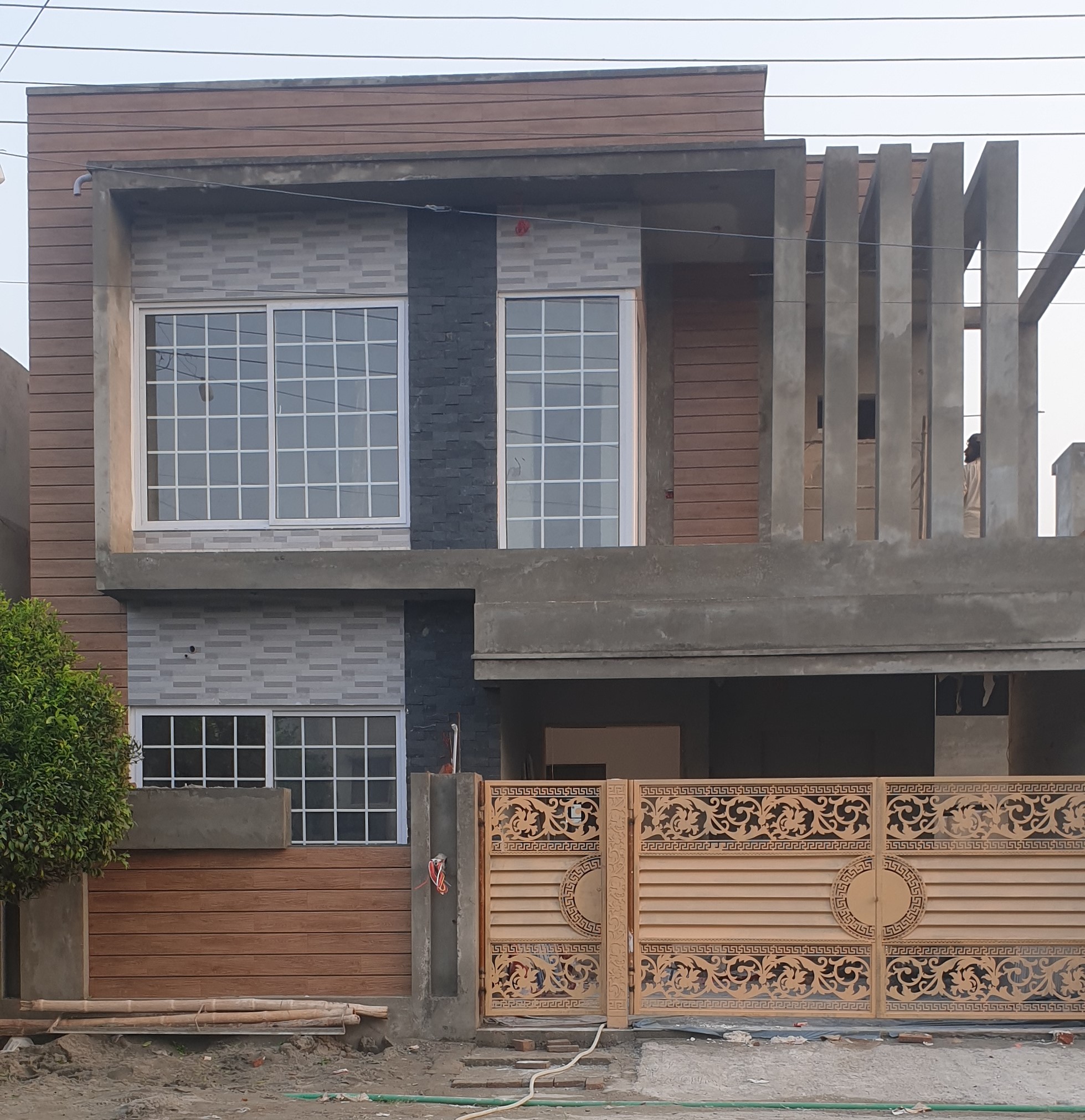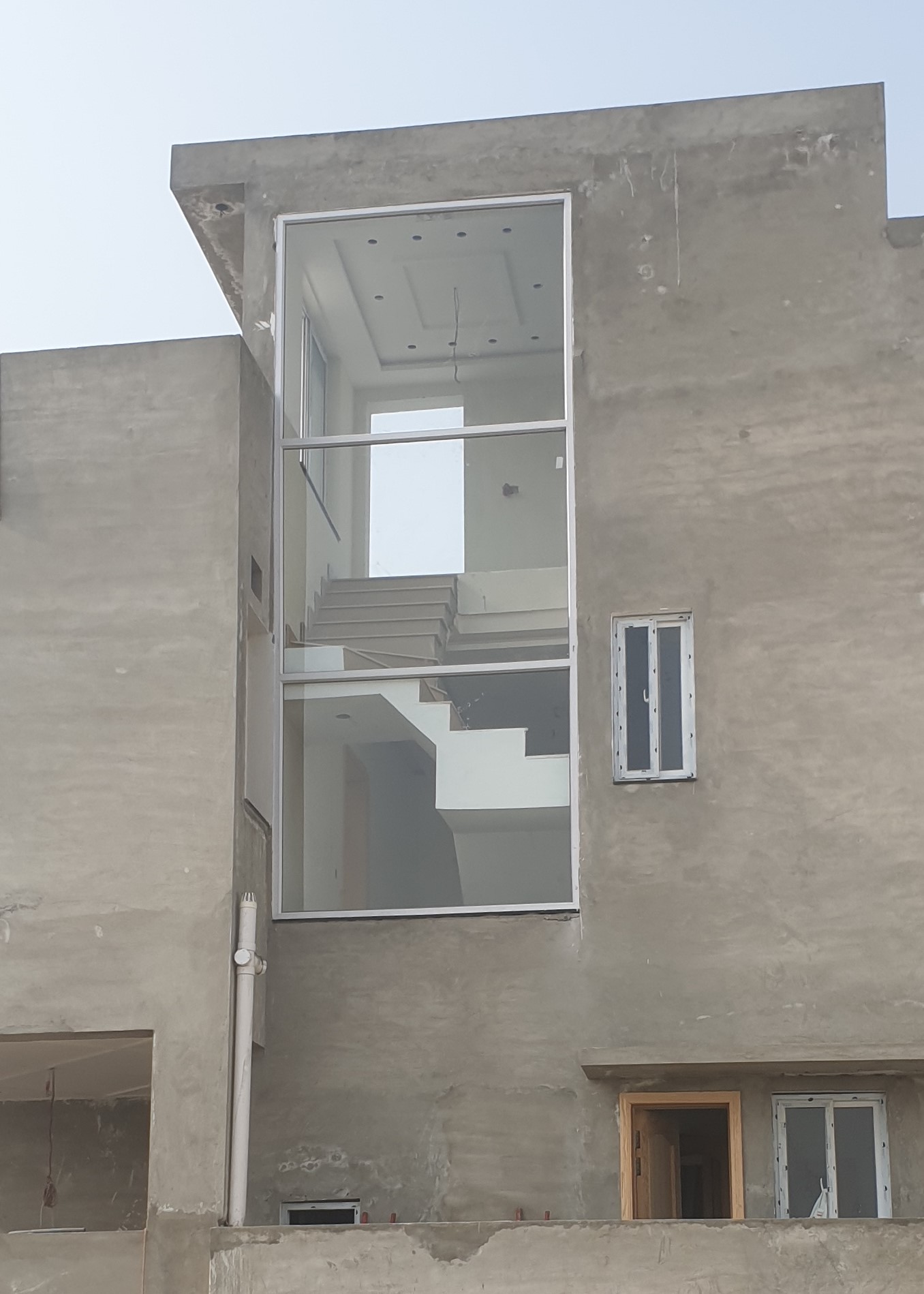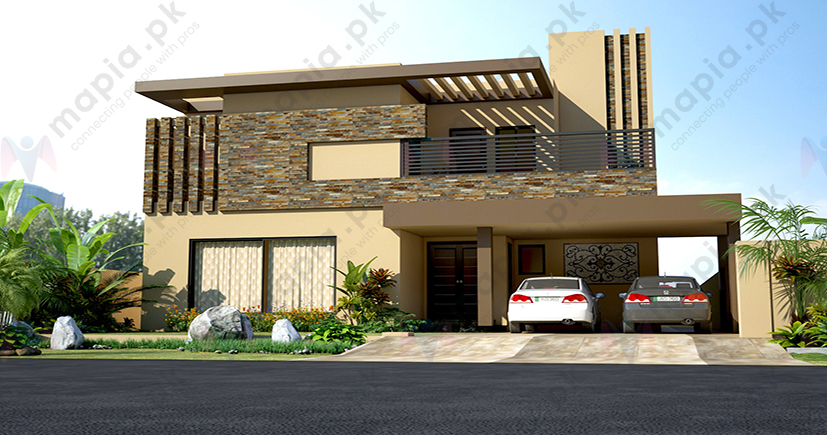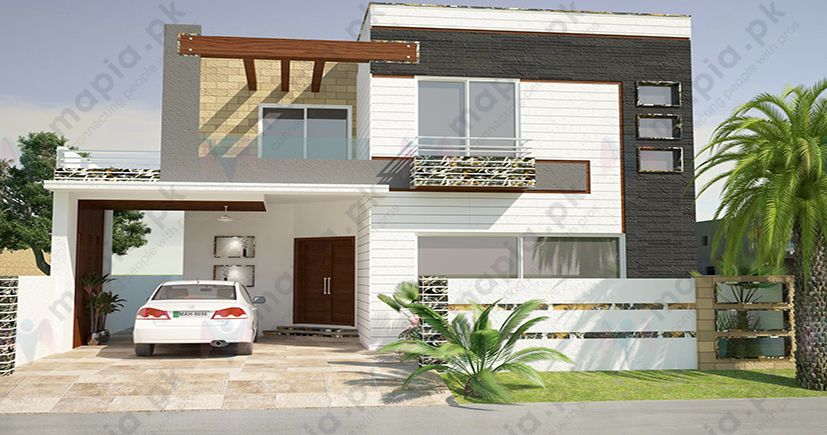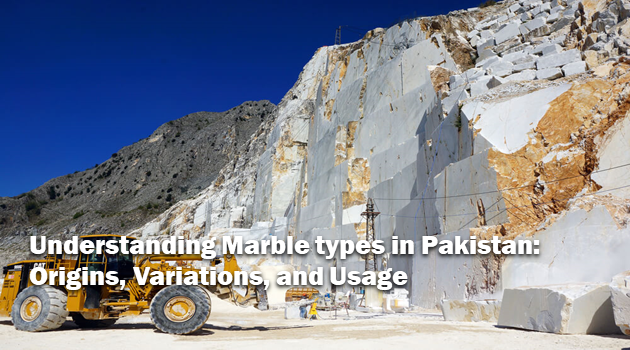Architectural and Engineering Glossary
U
A pipe expansion bend in the shape of the letter U.
A rod bent in the shape of the letter U with threads for nuts on the ends.
Same as manometer.
The basic plan of a house having a shape similar to that of the capital letter U.
In reinforced concrete construction,a stirrup,2 which is U-shaped.
A U-shaped heavy wire used as a wall tie.
Premium Product & Services
Best products and services from our partners
A U-shaped running trap.
Same as manometer.
See thermal transmittance.
Abbr. for “unedged.”
Abbr. for the Uniform Building Code.
Abbr. For Uniform Federal Accessibility Standards.
Abbr. for Underwriters’ Laboratories, Inc.
A certificate, issued to a manufacturer for one of its products, which indicates that the product has been tested in the US by the Underwriters Laboratories, Inc. (UL) and has met UL requirements.
An identification affixed to a building material or component, with the authorization of Underwriters’ Laboratories, Inc., indicating that the labeled product: (a) has a rating based on the performance tests of such products; (b) is from a production lot found by examination to be made from materials and by processes essentially identical to those of representative products which have been subjected to appropriate fire, electrical hazard, or other tests for safety; and (c) is subject to the re examination service of UL.
See UL Label.
The average load per unit of area required to produce failure by rupture of a supporting soil mass.
The pressure at which a foundation sinks without a further increase in load.
See breaking load.
The final degree of firmness attained by a plastic compound after curing, evaporation of volatile materials, and surface polymerization.
The loading at a section resulting from the failure of a member in shear.
The stress at a section which is loaded to its maximum in shear.
The strain at which a material fails under test.
Of a material in tension, compression, or shear: the maximum value of tension, compression, or shear, respectively, that the material can sustain without failure.
The stress at which a material fails under test.
A blue pigment used in paint; once obtained from crushed lapis lazuli; now manufactured synthetically by calcining aluminum silicate and sodium sulfide; has good alkali resistance, but is sensitive to acids.
The residue of lapis lazuli after the ultramarine has been extracted; used as a pigment in paints.
A solid state welding process in which the metals are joined by the local application of high frequency sound waves as the work parts are held together under pressure.
A motion detector employing sound waves having a frequency usually above 20,000 Hz.
A soldering process in which high frequency sound waves are transmitted through molten solder to remove undesirable surface films from the base metal, thereby promoting wetting of the base metal with solder; usually accomplished without the use of flux.
A nondestructive method of testing metal; makes use of very high frequency sound waves to locate flaws in metal.
Acoustic oscillations having a frequency above the high frequency limit of audible sound, i.e., above 20,000 Hz.
Electromagnetic radiation at wavelengths immediately below the visible spectrum, i.e., within the wavelength range 10 to 380 nm. May be classified as: far ultraviolet, 10 to 280 nm; middle ultraviolet, 280 to 315 nm; near ultraviolet, 315 to 380 nm. Also may be classified as: ozone-producing, 180 to 220 nm; germicidal, 220 to 300 nm; erythemal, 280 to 320 nm; black light, 320 to 400 nm. In either method of classification, there are no sharp demarcations between the wavelength bands.
A naturally occurring brown siliceous earth, containing hydrated iron oxide with small amounts of manganese oxide; used as a pigment in paint; turns red to reddish brown when calcined, and then is called burnt umber.
1.An open area recessed in the main body of a building; protected by the ceiling and floor above. 2.A sheltered, shady space in the open air, usually relatively small.
In Spanish Colonial architecture, a lintel.
In French Vernacular architecture of Louisiana, a roof having a single pitch on each side of a central ridge and covering a galerie on each side of the house.
A vault that has ribs which fan out from a central support.
A posttensioned, prestressed concrete member in which tensioning force is applied against end anchorages only,the tendons being free to move within the element.
In prestressed concrete, posttensioning in which the tendons are not grouted to the concrete after being stressed.
In prestressed concrete, a tendon which is not bonded to the concrete.
A structural framework in which the resistance to lateral load, 1 is provided by the bending resistance of its structural members and their connections.
The distance between ends of a structural member (such as a column) which are prevented from moving normal to the axis of the member, by bracing, by floor slabs, etc.
Brick, such as adobe brick, that is sun dried, rather than kilndried at an elevated temperature; compare with burnt brick.
Said of an arch, doorway, or other opening that has no frame around it. Uncased openings are especially found in Spanish Eclectic architecture and its derivatives.
An excavation in which there is a single unit price for removal,regardless of the proportion of common excavation and rock excavation (compare with classified excavation).
The non compacted material which is in place in a trench.
Said of masonry which is not in layers with continuous horizontal joints,but is laid irregularly.
Same as alipterion.
modillion See modillion.


